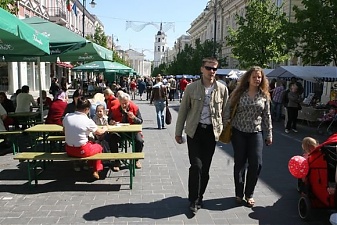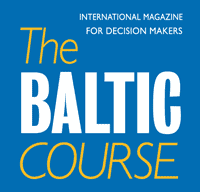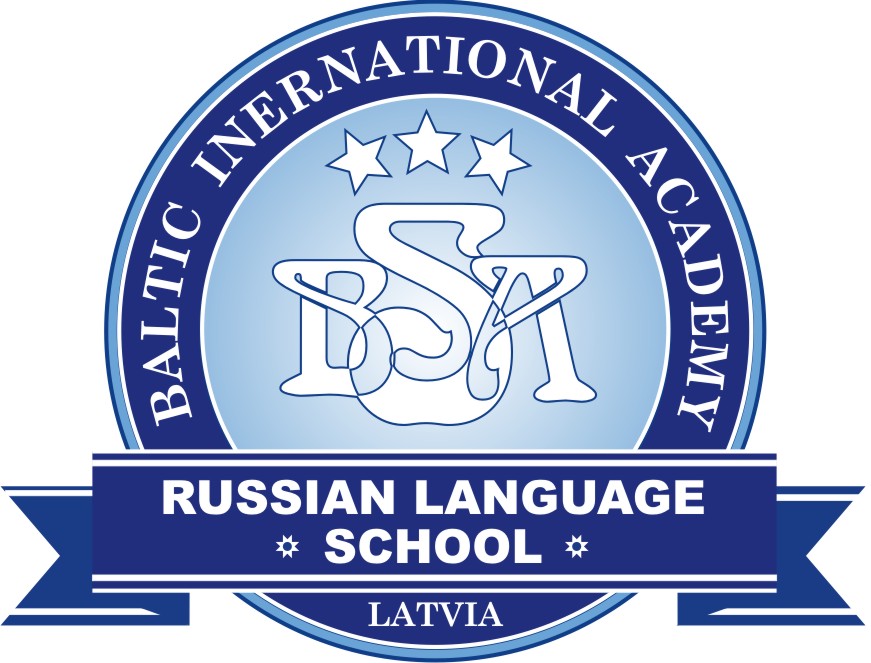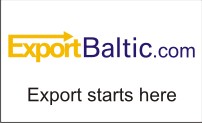Analytics, Baltic States – CIS, EU – Baltic States, Lithuania, Society
International Internet Magazine. Baltic States news & analytics
Saturday, 06.09.2025, 22:14
Lithuania is inhabited by people of 154 ethnicities
 Print version
Print version |
|---|
Lithuanians made up 84.2, Poles – 6.6, Russians – 5.8, Belorussians – 1.2, Ukrainians – 0.5% of the resident population; residents of other ethnicities accounted for 0.6%. Compared to the 2001 census data, the ethnic composition changed insignificantly. Between the censuses, the number of residents decreased in all ethnic groups: Ukrainians – by 27, Russians – by 19.5, Belorussians – by 15.5, Poles – by 14.8, Lithuanians – by 11.8%.
In rural areas, Lithuanians accounted for 87.2, in the urban ones – for 82.6% (in 2001, 87.7 and 81.4% respectively). The major proportions of Russians, Belorussians and Ukrainians were living in urban, of Lithuanians and Poles – in rural areas.
Vilnius is the most prominently multiethnic city of Lithuania, inhabited by people of 128 ethnicities. Kaunas was inhabited by people of 85, Klaipėda – 77, Šiauliai and Panevėžys – more than 50 ethnicities each.
In the 2011 census, residents for the first time could indicate two mother tongues. One mother tongue was indicated by 98, two – by 0.6% of the population. Most residents indicated the tongue of their ethnicity as their mother tongue: 99.2% of Lithuanians consider Lithuanian to be their mother tongue, 77.1% of Poles – Polish, 87.2% of Russians – Russian (in 2001, 96.7, 80 and 89.2% respectively).
Those who indicated two mother tongues usually indicated Lithuanian and Russian (56% of all residents who indicated two mother tongues), Lithuanian and Polish (19%), Polish and Russian (14.4%), Belorussian and Russian (2.1%), Russian and Ukrainian (1.6%), Lithuanian and German (0.6%), Lithuanian and English (0.6%).
Out of those who indicated two mother tongues, each sixth was a child under 14, almost each third – aged 15–39, each tenth – aged 65 and older.
During the 2011 census, residents attributed themselves to 59 religious communities (in 2001, 28); 11 faiths were practised by more than 1 thousand residents each. 2 million 350 thousand (77.2% of the population) residents indicated being Roman Catholics, 125.2 thousand (4.1%) – Orthodox, 23.3 thousand (0.8%) – Old Believers, 18.4 thousand (0.6%) – Evangelical Lutherans, 6.7 thousand (0.2%) – Evangelical Reformists; 24.9 thousand (0.8%) residents attributed themselves to other faiths. 186.7 thousand persons, or 6.1% of the population, did not attribute themselves to any religious community (in 2001, 331.1 thousand, or 9.5%). Each tenth resident did not indicate to which religious community s/he attributes her/himself (in 2001, each eighteenth).
88.6% of Poles, 82.9% of Lithuanians, 49.6% of Belorussians, 13.7% of Ukrainians attributed themselves to the Roman Catholic community; 51.5% of Russians, 32.3% of Belorussians, 59.1% of Ukrainians – to the Orthodox community; 11.8% of Russians – to the Old Believers’ community.
Other religious communities were indicated by residents of different ethnicities. However, their proportion was not large, except for the Sunni Muslim community, indicated by 51.6% of Tatars, and the Judaic community, indicated by 34% of Jews.
More detailed information on ethnicity, mother tongue and religion is available on the website of Statistics Lithuania, Population and housing census section. Other results of the 2011 Population and Housing Census of the Republic of Lithuania will be published on the dates established in the Census Results Dissemination Plan.








 «The Baltic Course» Is Sold and Stays in Business!
«The Baltic Course» Is Sold and Stays in Business!

